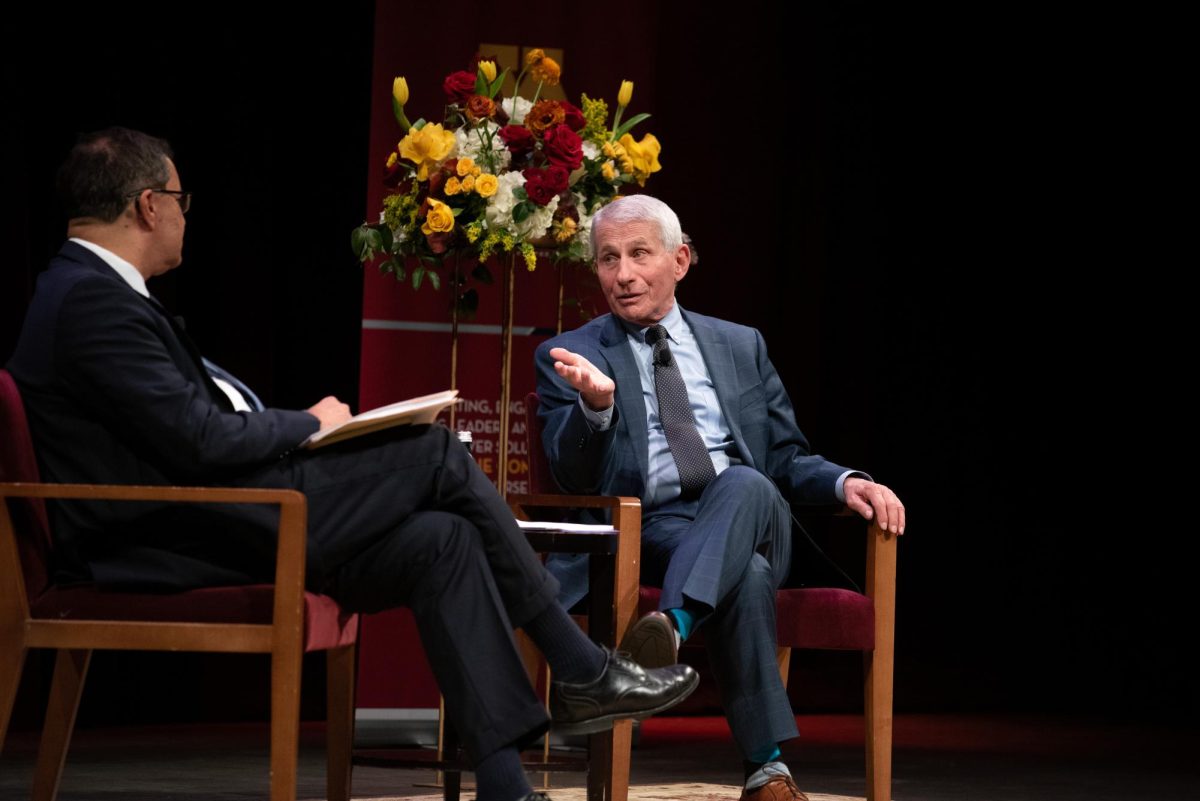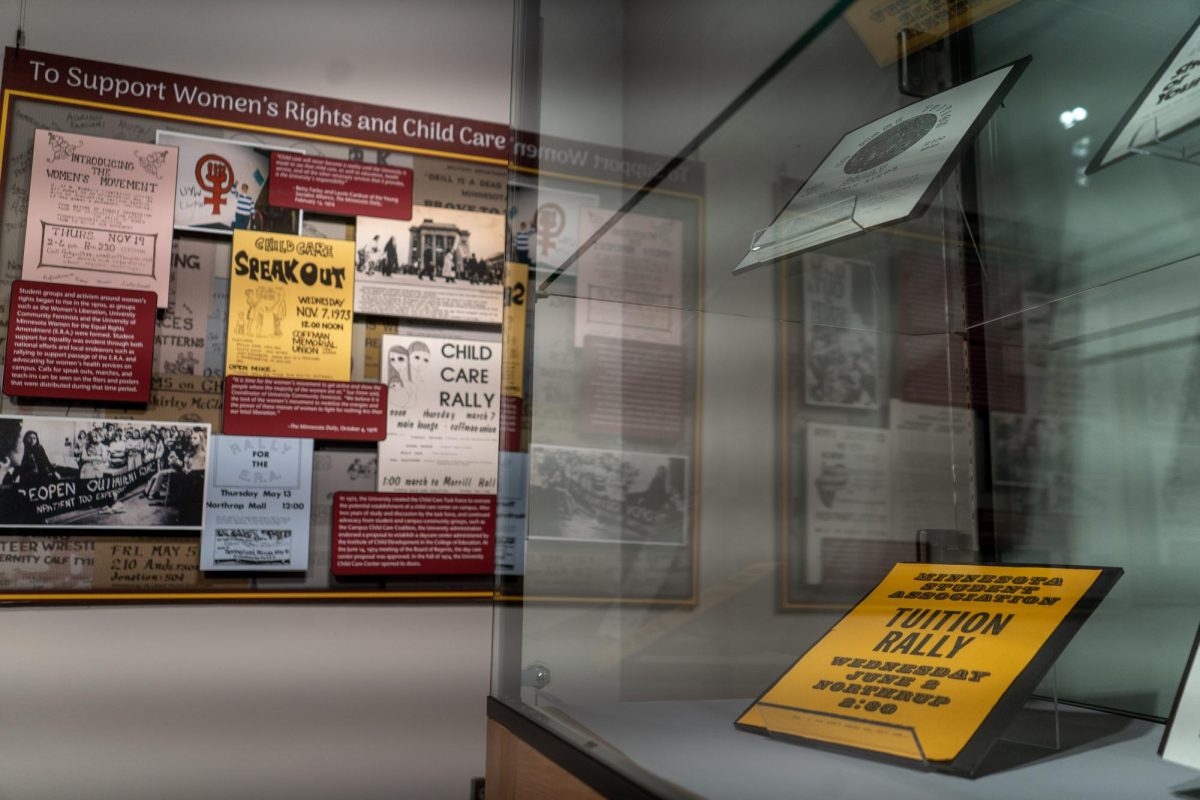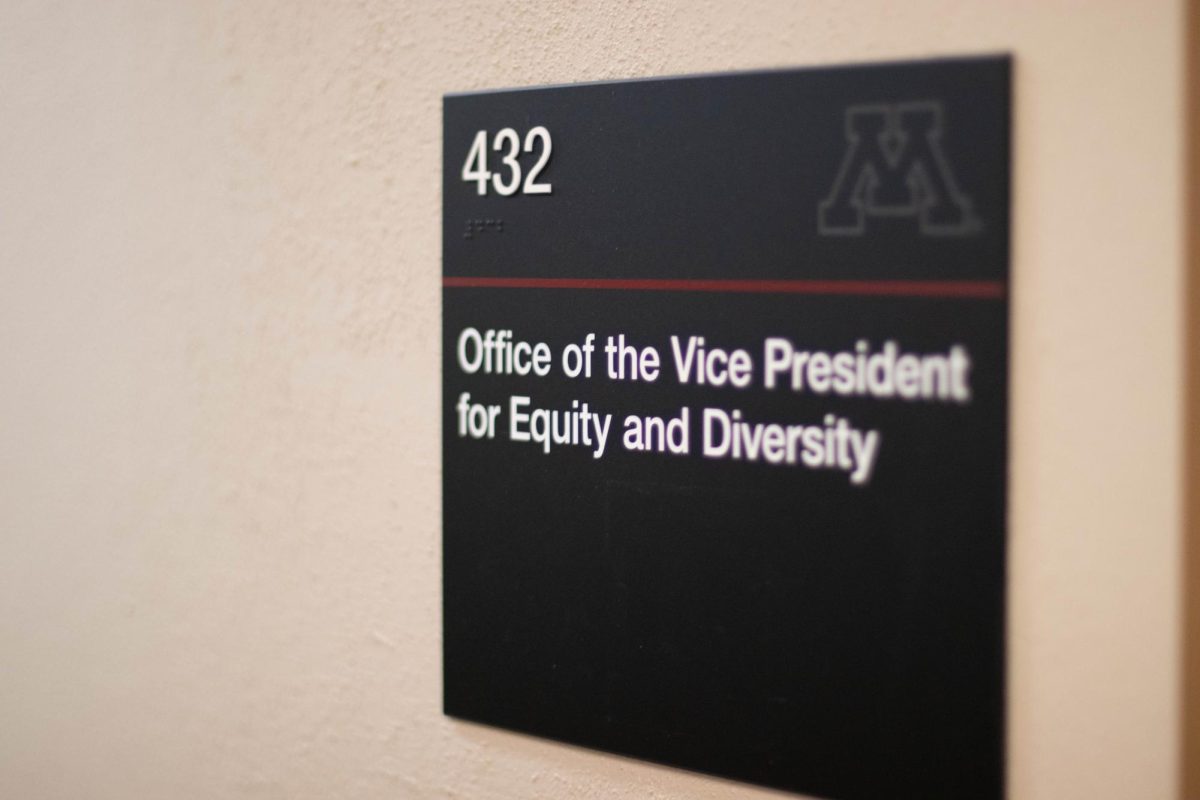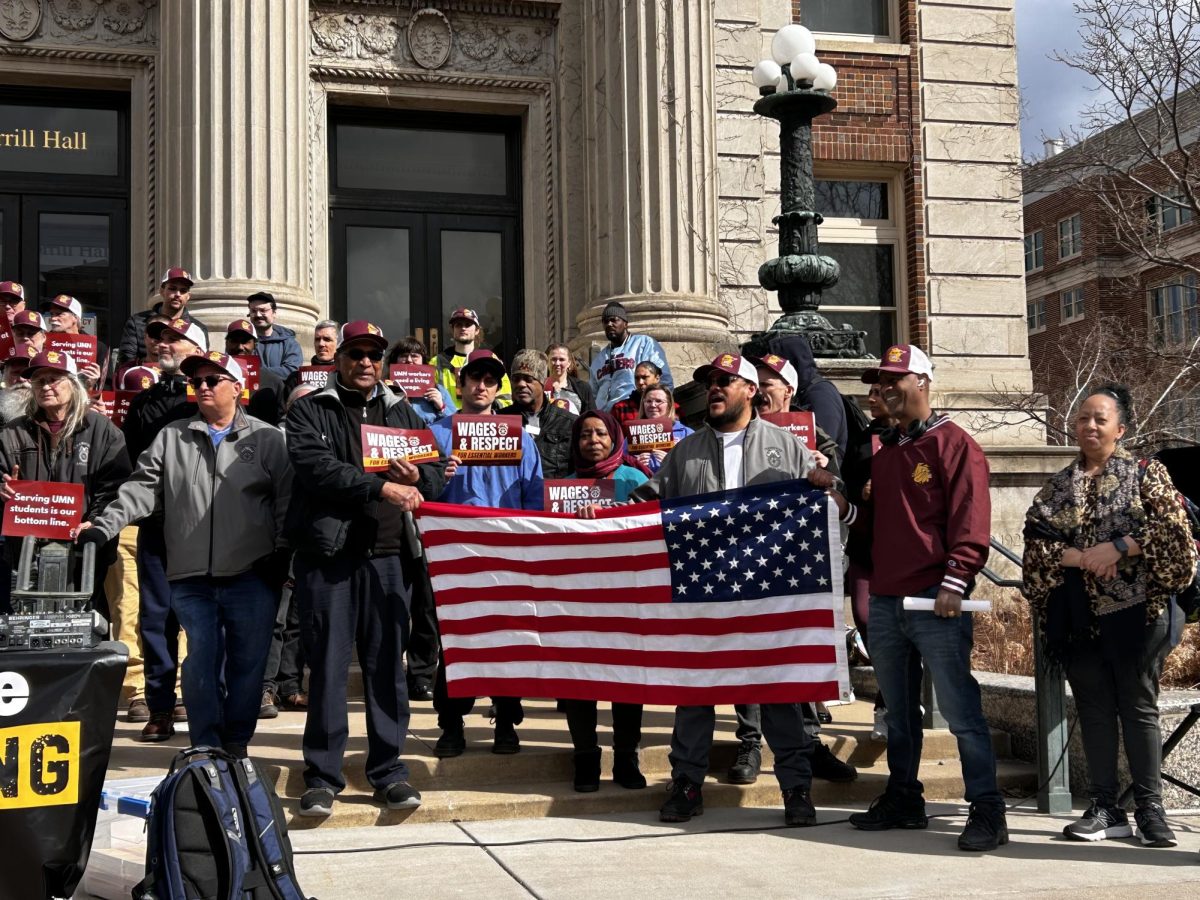The Academic Freedom and Tenure Committee (AF&T) proposed a new resolution at the Faculty Senate meeting on Sept. 29. The resolution calls for the creation of a task force with two purposes: to identify the legitimate use of term faculty and articulate methods that protect non-tenurable faculty’s academic freedom.
The resolution requests the University of Minnesota annually report the number of long-term term faculty as outlined by the Board of Regents policy on faculty tenure.
The resolution will be voted on at the next Faculty Senate meeting on Nov. 3.
The tenure code protects faculty against potentially being fired for political or personal reasons and protects their academic freedom, Gopalan Nadathur, former AF&T chair, said in an email to the Minnesota Daily.
Term faculty, or non-tenurable faculty, are appointed by contract and will not be granted tenure at the end of their term, Nadathur said. What AF&T refers to as regular faculty have a six to nine year probationary period, which concludes with the University granting them tenure if they are re-hired, he said.
Academic freedom is important in the University setting because it allows people to seek new ways that serve the common good without fear of repercussions, Nadathur said.
“The tenure code assumes that the large majority of our faculty will be tenured or are on the way to tenure,” Nadathur said. “It includes requirements in it to ensure most people contributing to the teaching and research mission of the University are in fact in tenurable positions.”
However, term faculty appointments have increased from 28% to 43% since 2010 at the University, even though non-tenurable faculty appointments should be used in “few exceptional circumstances,” Nadathur said.
The University must report any term-faculty appointment that has existed for seven years or more to the Tenure Committee to determine if there is a legitimate reason for the continued use of a term-faculty appointment for the role in consideration and that this continuation would not result in the abuse or denial of academic freedom protections. The committee does not have a say specifically in hiring and retention decisions though, Nadathur said.
“I was a member of the committee from 2016 to 2022 and in none of those years was the reporting actually done,” Nadathur said.
To address those problems, AF&T began discussing the resolution on Oct. 2, 2020 and underwent a two-year long extensive consultation process.
Part of the resolution includes creating a task force devoted to understanding the demographics of term faculty at the University, AF&T Chair Eric Van Wyk said.
The task force would decide what AF&T should be doing and what it can do to ensure people have strong academic freedom protections, Van Wyk said. The task force is expected to finish its work within one to two years.
No faculty members have been appointed to the task force, but it would consist of AF&T members, term faculty representatives and ex-officio members who will communicate across committees and administrations, Van Wyk said.
The task force would begin its work either in December or the spring, Van Wyk said.
The voting process will occur online during the meeting and all voters will pre-register to alleviate the issue, Colleen Flaherty Manchester, the chair for the Faculty Consultative Committee (FCC), said in an email to the Minnesota Daily.
“[The] AF&T committee can technically stand this task force up on its own, but it’s pursuing the resolution path for obtaining faculty buy-in and also educating faculty about the issue,” Flaherty Manchester said.
Academic freedom is a core concern of faculty, and assessing the academic freedom of term faculty is critical because of the mission work these individuals do, Flaherty Manchester said.
Provost Rachel Croson said she is in full support of academic freedom for faculty and faculty-like staff in an email to the Minnesota Daily.
“I welcome a discussion on that topic along with suggested edits or clarifications to our policies that we should consider,” Croson said.
In the Board of Regents policy on Academic Freedom and Responsibility, amended July 2020, the policy defines academic freedom as the ability to discuss relevant matters in the classroom and explore avenues of scholarship, research and creative expression. Faculty can “speak or write on matters of public concern as well as on matters related to professional duties and the functioning of the University” without institutional discipline or restraint.
Any institution of higher learning should expect faculty to explore boundaries of knowledge without restraint, Van Wyk said. Teachers should have the freedom to decide how to teach students the material covered in the classroom and grading processes to provide the best education for students, he said.
Correction: A previous version of this article misstated the role of the Tenure Committee. The committee determines if there is a legitimate reason for the continued use of a term faculty appointment and that this continuation would not result in the abuse or denial of academic freedom protections. The committee does not have a say specifically in hiring and retention decisions.
Correction: A previous version of this article misstated when the task force was created. Creating the task force is part of the resolution.














